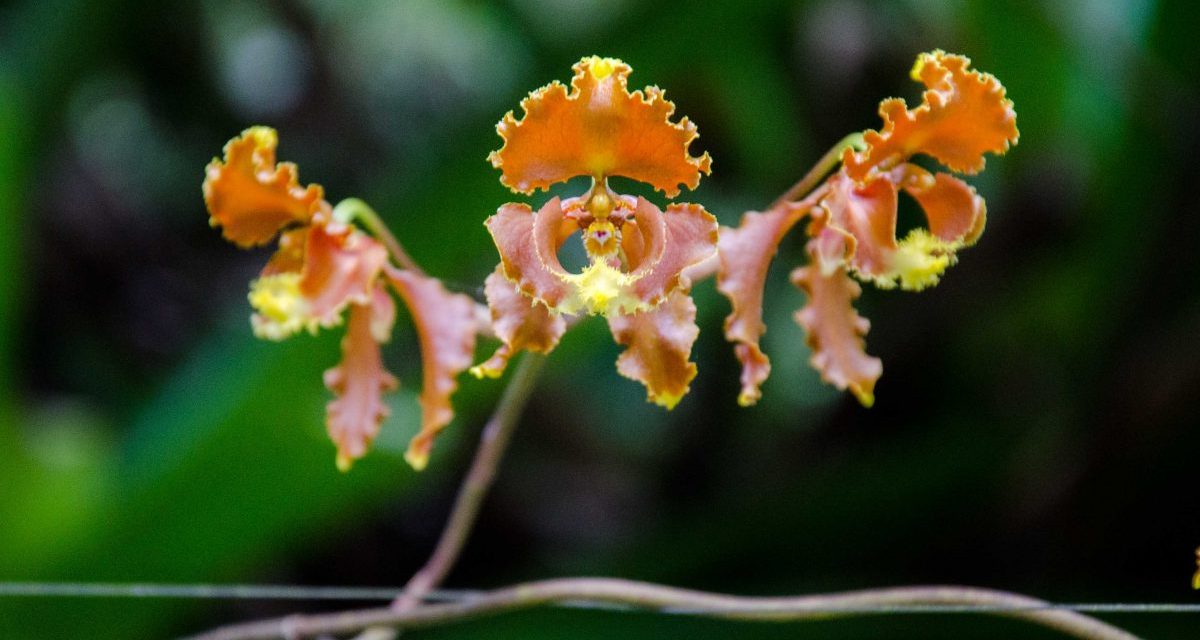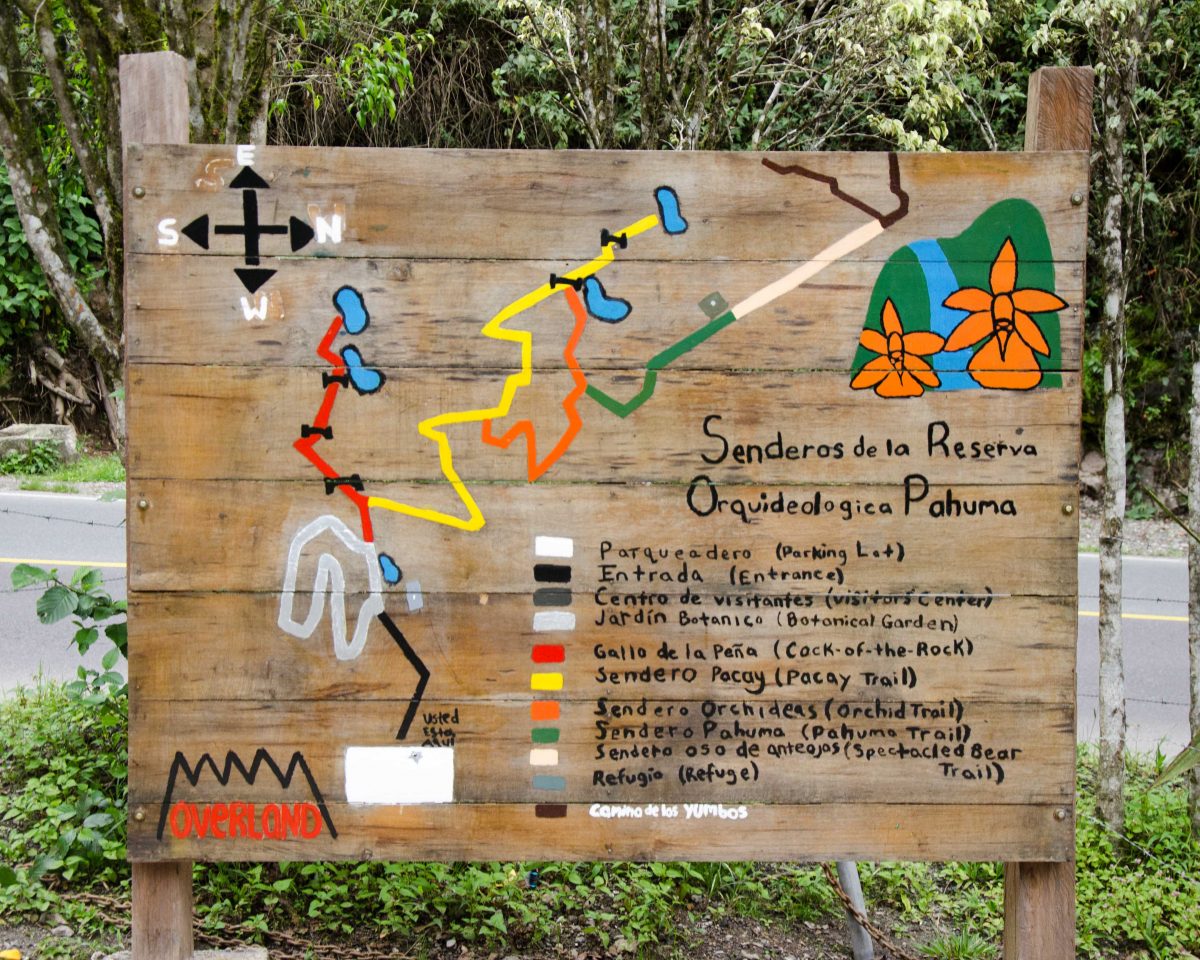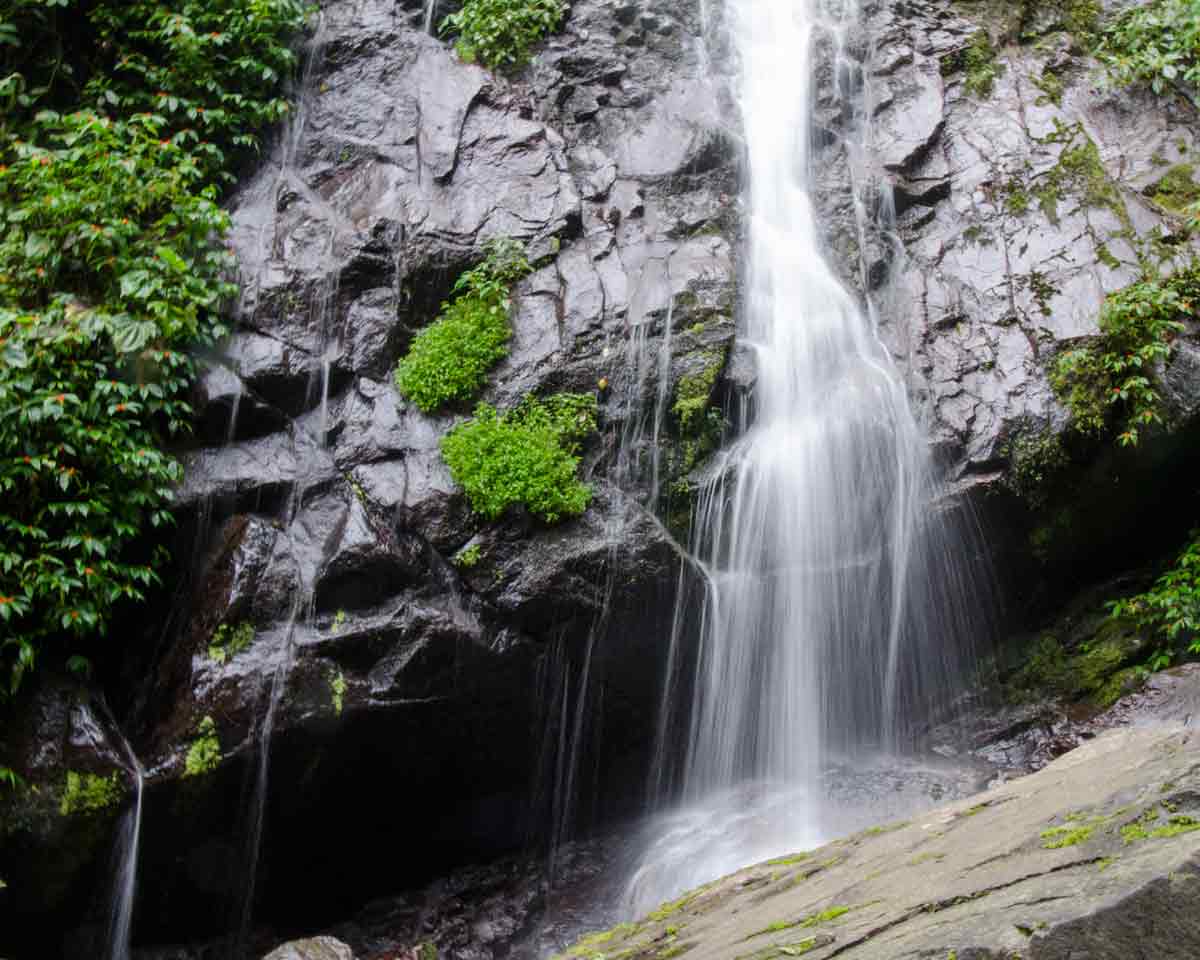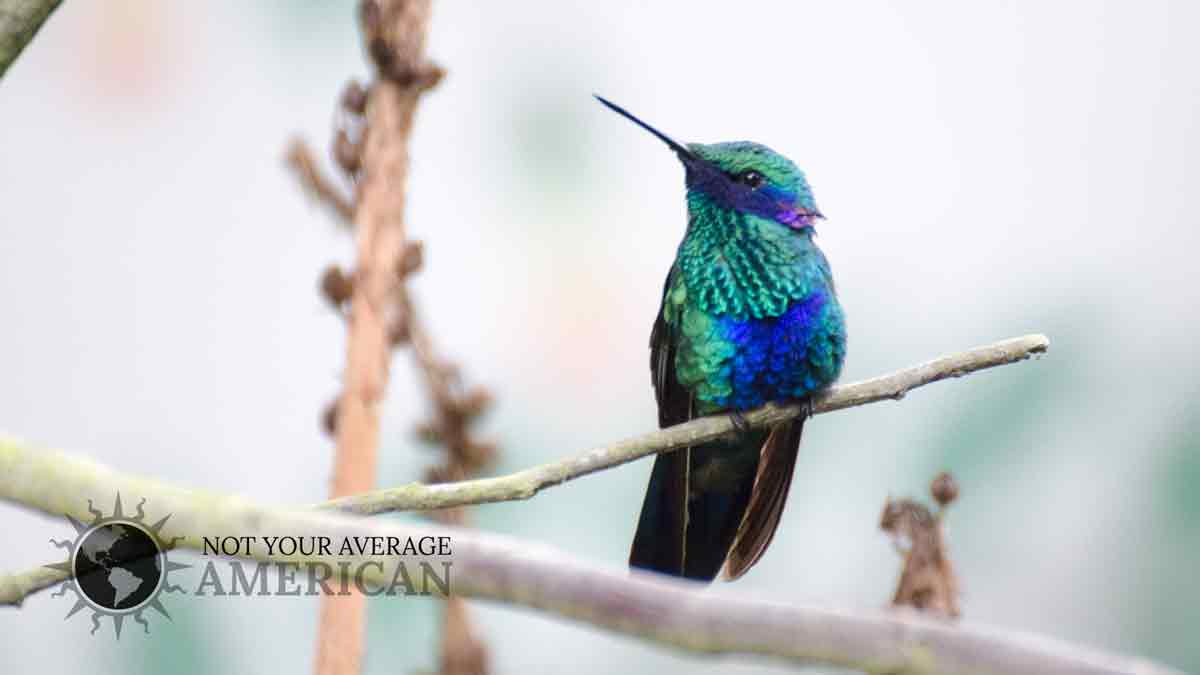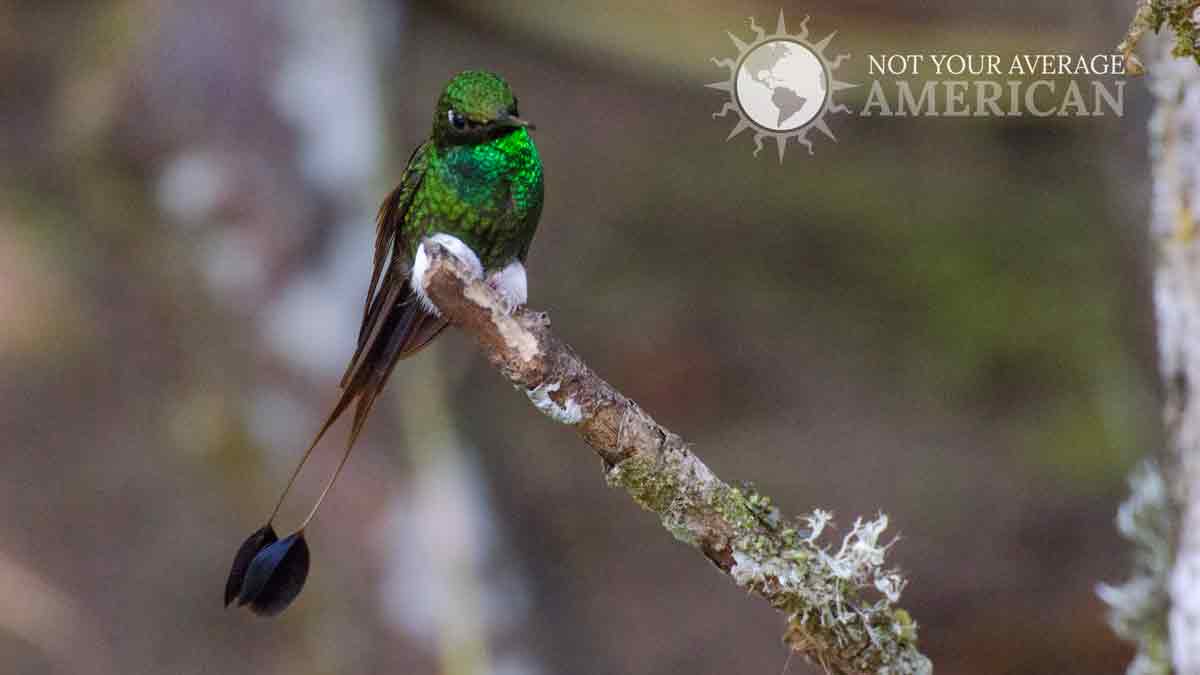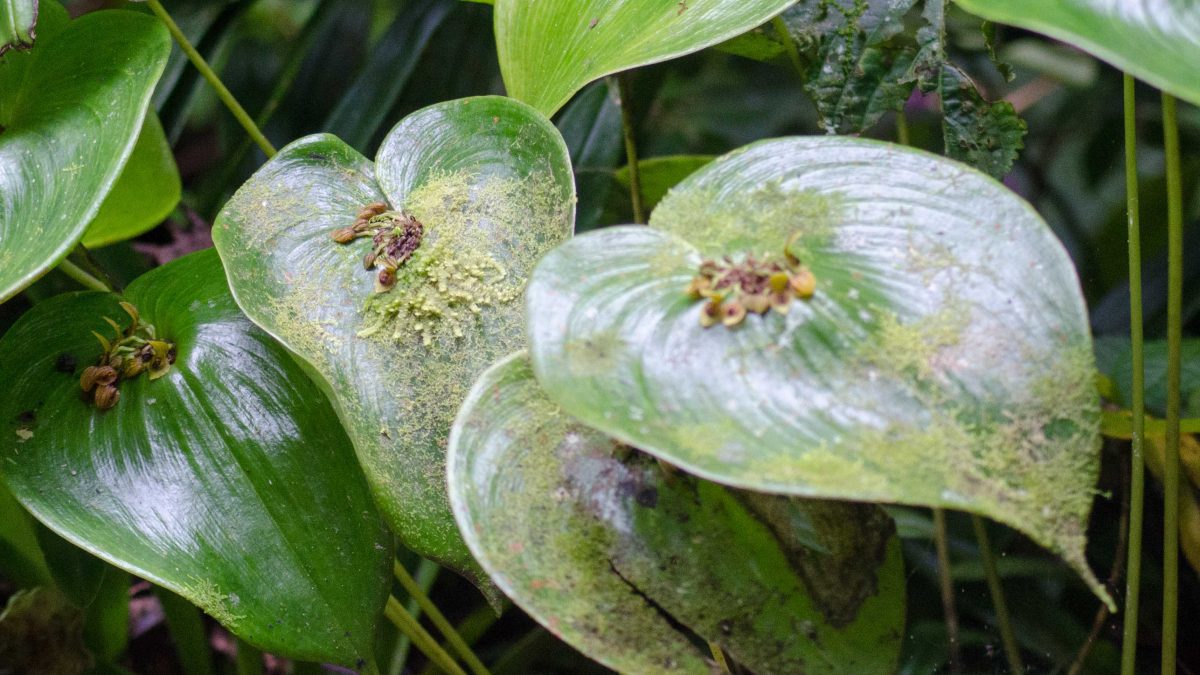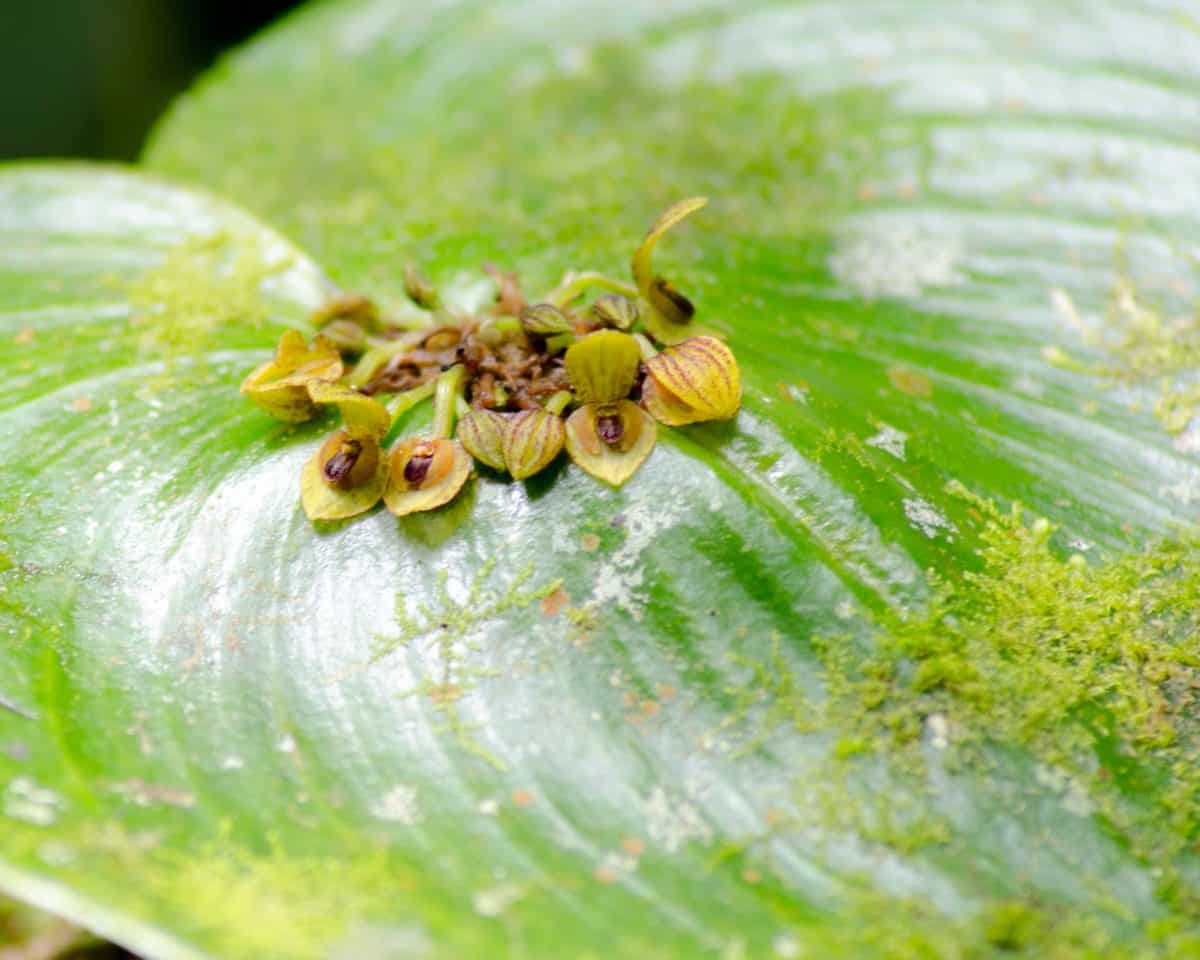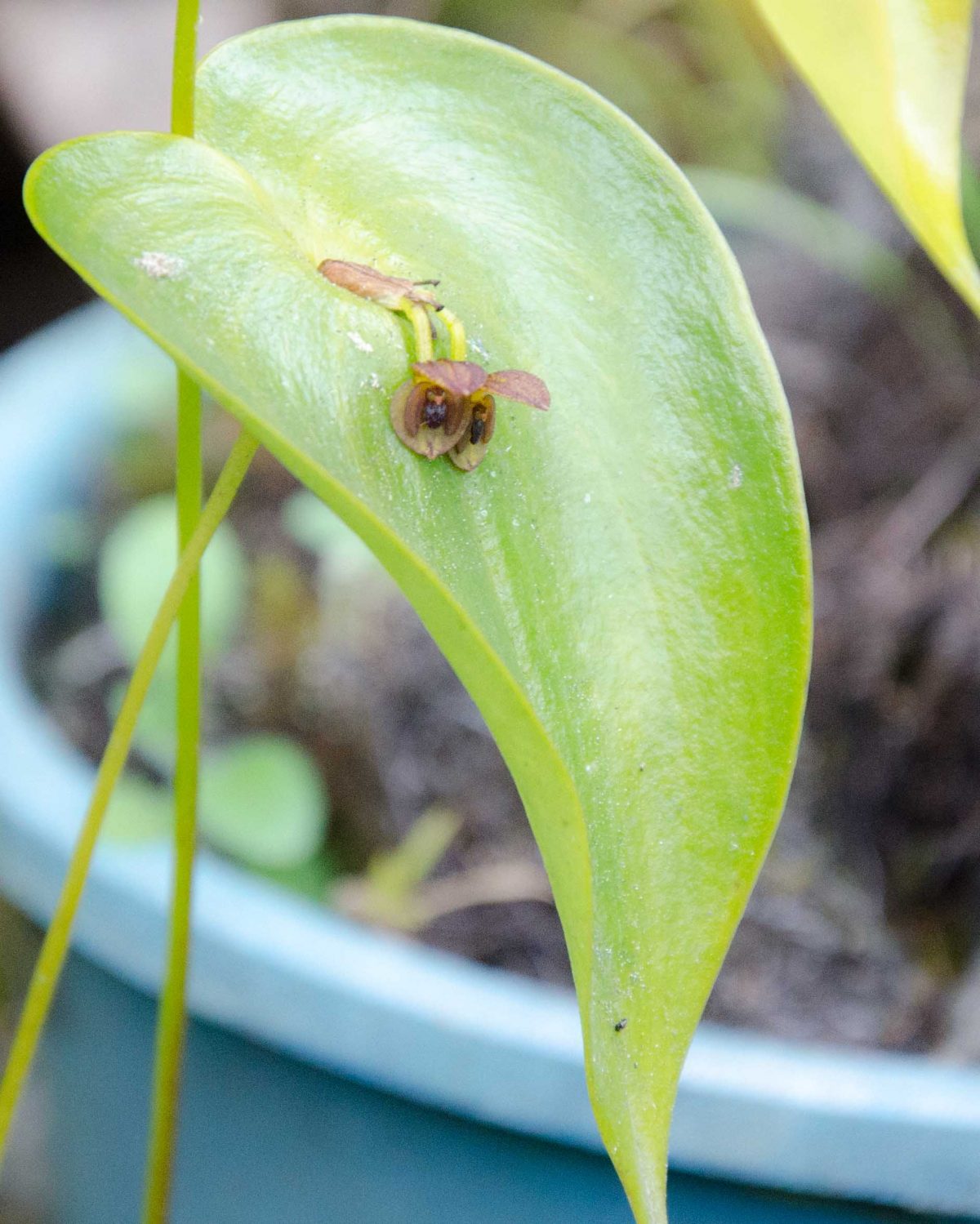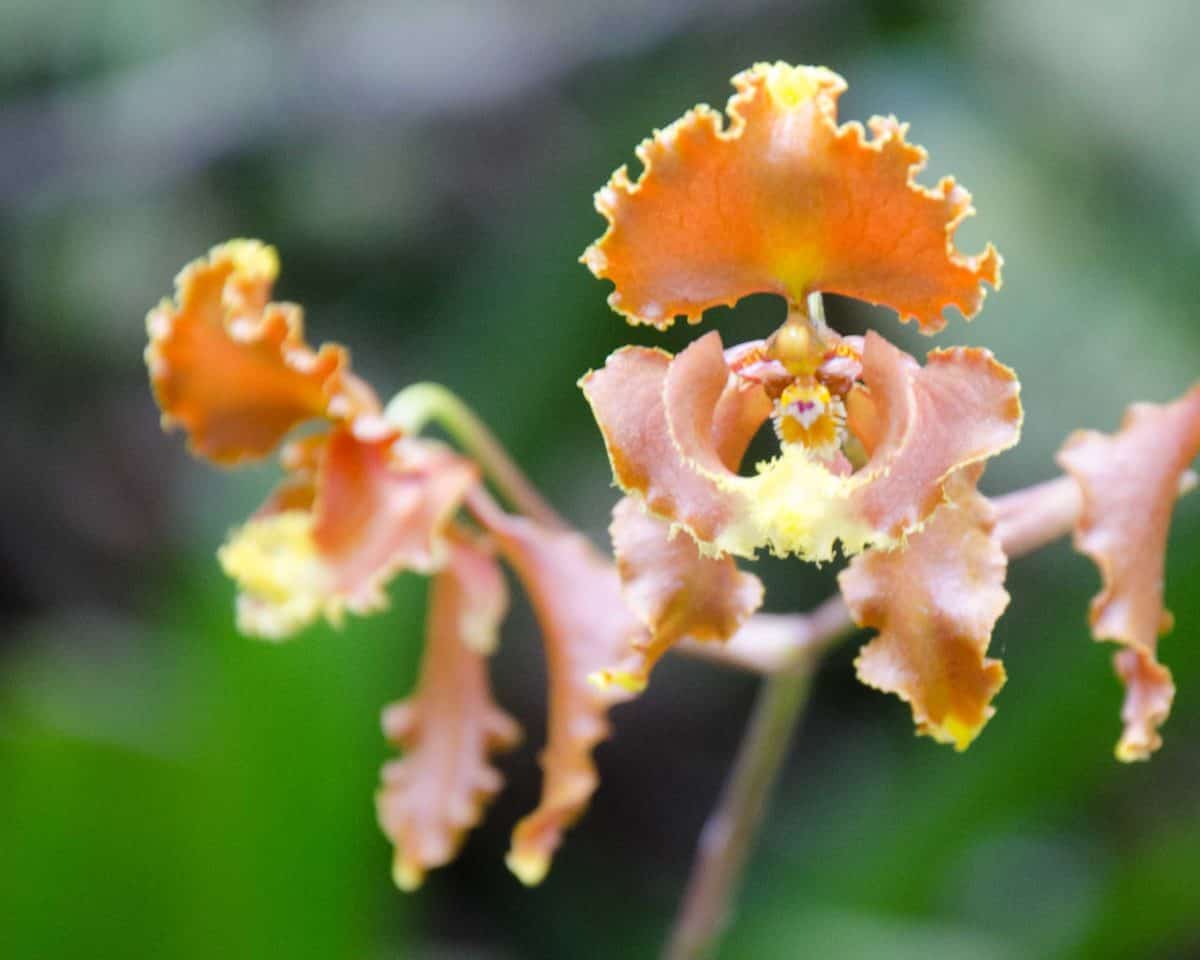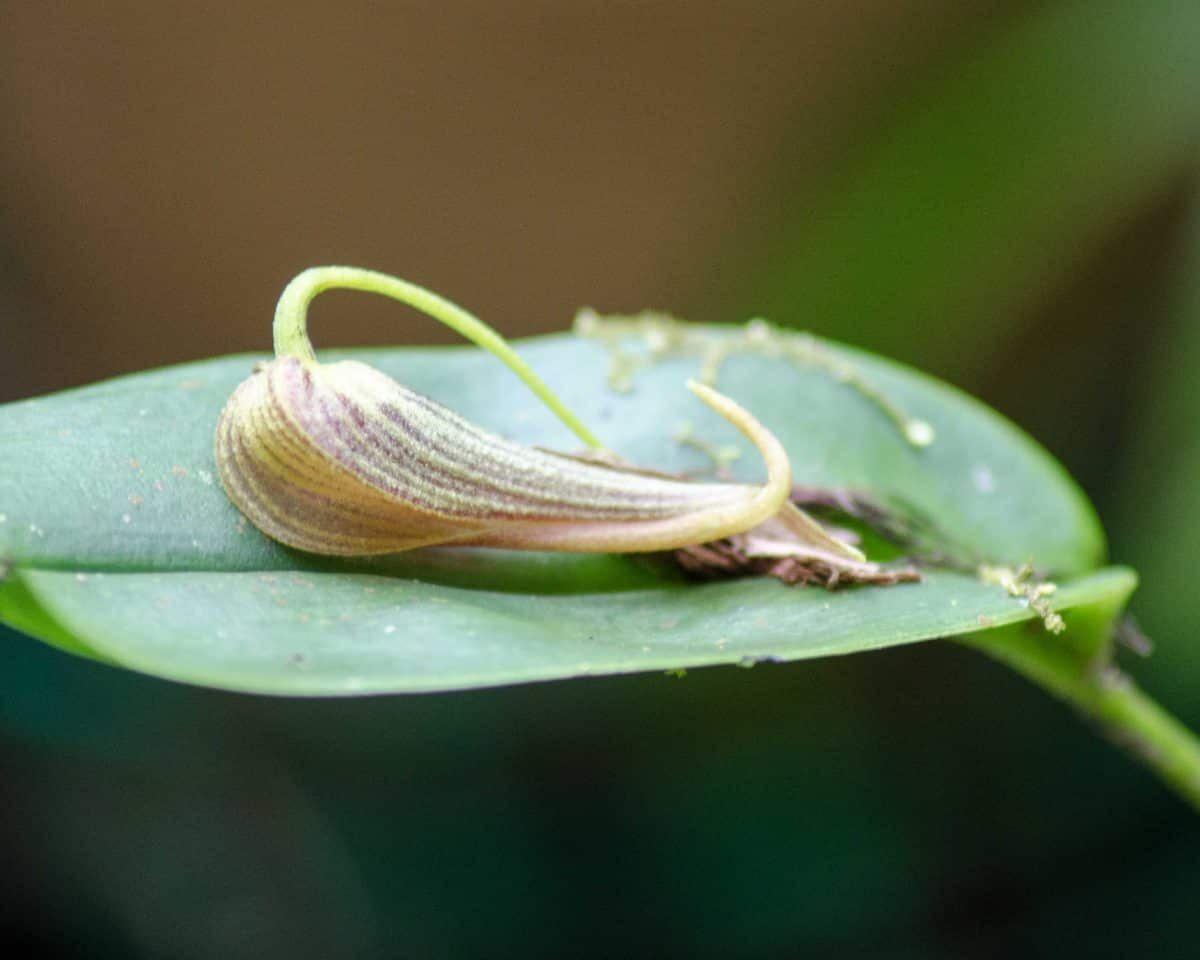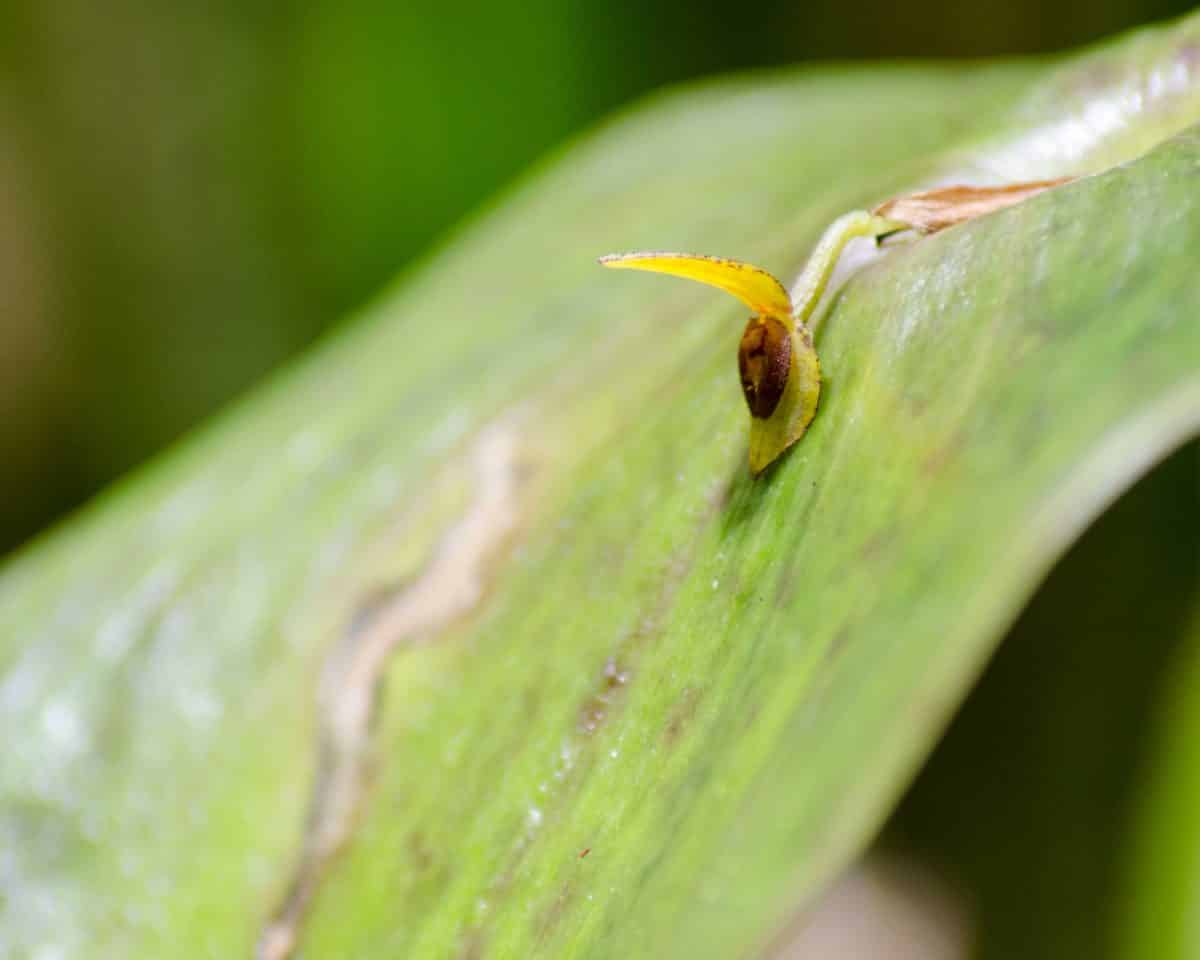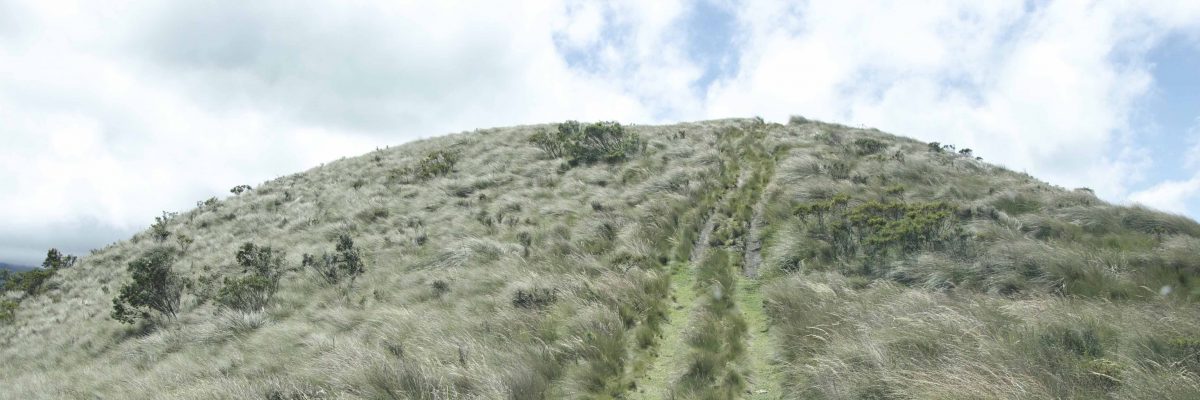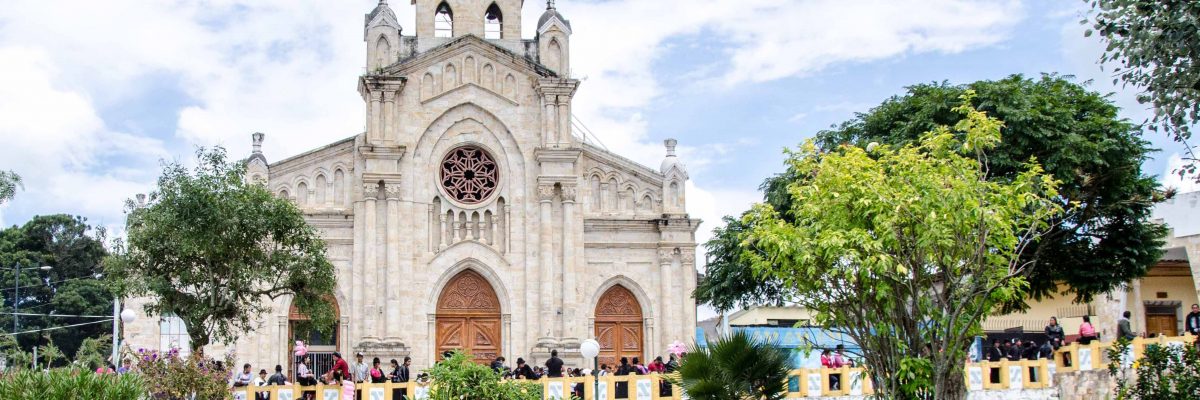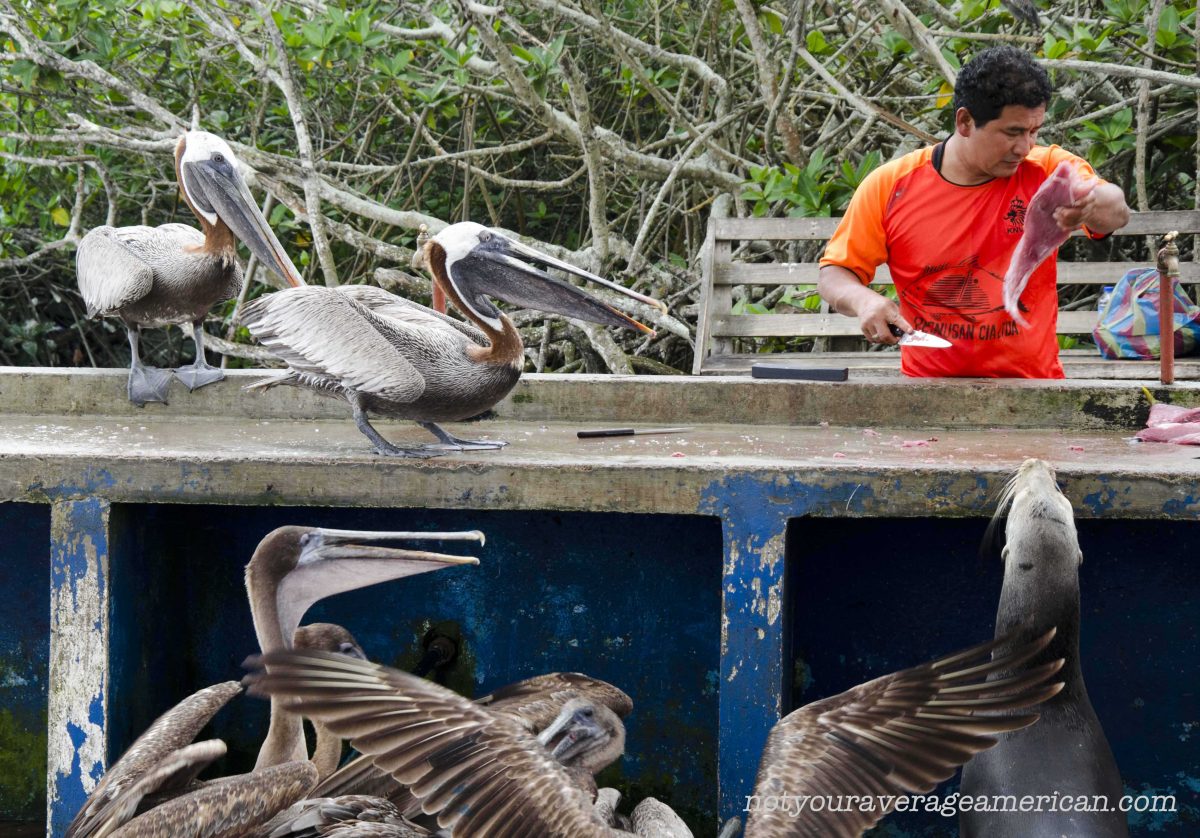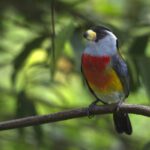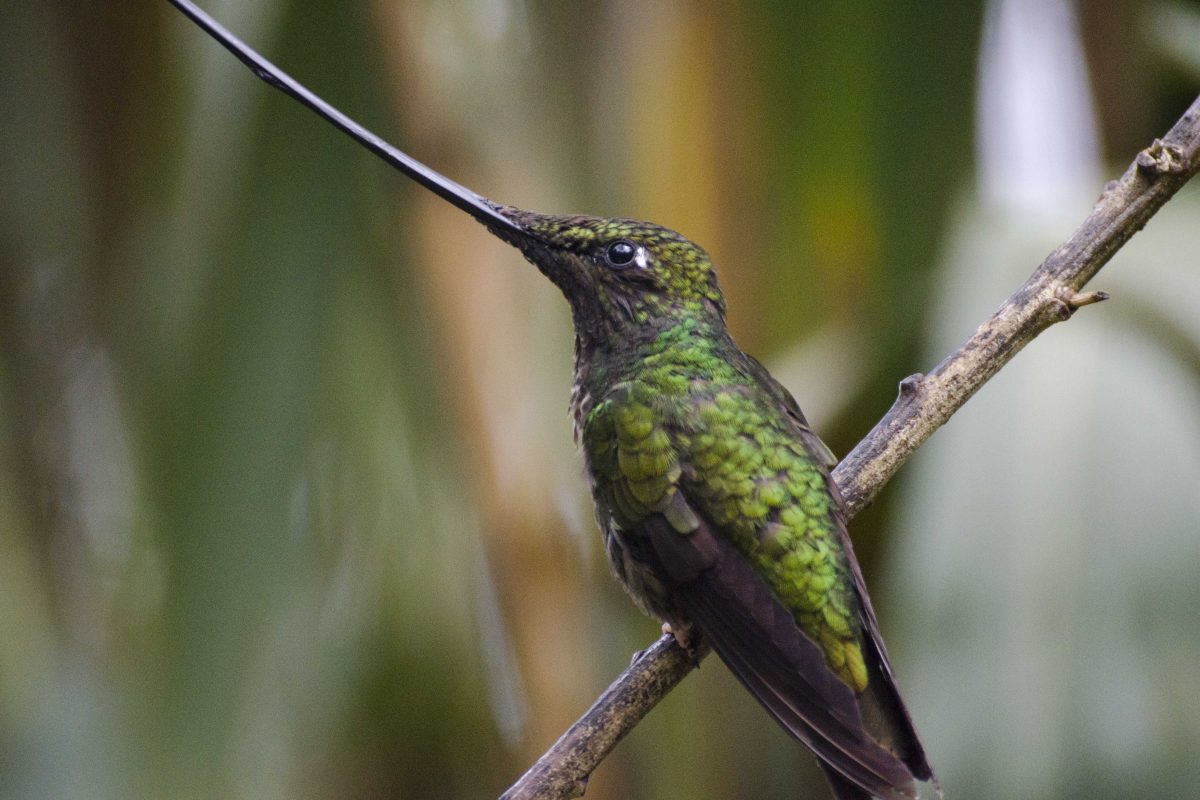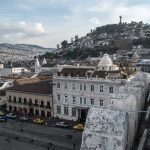The 2.5 hour drive from Quito to Mindo, Ecuador follows a long and windy road with very few places to pull off and stop. However, one small pullout provides more than a bathroom break. El Pahuma is an orchid reserve near Quito and lies in the heart of the UNESCO Chocó-Andino Biosphere Reserve. It is home to gushing cascades of water, hiking trails, and a collection of wild orchids that made this photographer’s heart blossom.
The El Pahuma Reserve
The El Pahuma Reserve is an example of how private landowners in Ecuador protect valuable land by conserving it for future generations. The Lima Family, with help from the Ceiba Foundation, established the reserve “as a destination for ecotourists, birdwatchers, student groups and researchers.“
This relatively small cloud forest reserve, just 650 hectare (about 2.5 square miles), is home to several trails that meander through damp, cloud forest habitat. On most days, visitors find themselves alone with only the sounds of rushing water, the occasional chirping bird, and the soft footfall of their hiking boots. The feeling along the Yumbo Trail, which once was part of a network of paths that connected Quito to the Pacific Coast, is especially spine-tingling. It is rare to find a preserved “culunco” like those walked by the Yumbo people who once inhabited the region.
This protected habitat provides more than a recreation area for tourists or a research for scientists. It protects an essential link between two larger reserves, the Mindo-Nambillo to the south and the Maquipucuna to the north. Therefore, its land provides a bridge for migratory animals like the Andean Spectacled Bear. If you decide to hike, keep your eyes open for bear sign: scat along the trails, torn up bromeliads with their hearts eaten out, or trees trunks adorned with small tufts of fur. A bear just may have used it as a scratching post.
Birds at El Pahuma
About a decade ago, Birdlife International named El Pahuma an important bird area. The Ceiba Foundation provides a bird list on their website. It includes 19 species of hummingbirds and several highlight species of the Andean West Slope like the Umbrella Bird, the Crested Quetzal, and more than a dozen species of brightly-colored Tanagers.
Recently, the reserve added hummingbird feeders to make viewing easier for visitors.
Orchids at El Pahuma
Even though animals and birds flock to the reserve, El Pahuma specializes in protecting orchids. Ecuador has over 4,000 species of orchids. More than 1,000 of those are endemic to the country. Many others have yet to be officially discovered, documented, or studied. On El Pahuma, experts in the field have identified over 200 orchid species and a few await confirmation. There is a high chance that new species will be discovered in this region.
While it is possible to spot orchids in the forest, a trained-eye certainly helps. When you pay the small entrance fee, ask about a guided tour. At the very least, stop and admire the potted orchids near the reserve entrance. These plants provide living examples of the kinds of orchids that are found on these high-altitude slopes.
Many might surprise you as they look nothing like the orchids for sale at grocery stores around the United States. Many Ecuadorian orchids are extremely tiny, only millimeters in size. Others have petals with long tendrils or look like short, stubby trefoils. Colors can range from the expected pinks and purples to strange looking yellows and an almost putrid rusty red like dried blood. Some of the strangest orchids camouflage among moss growing on their large leaves. The diversity is stunning, especially when you consider how small the El Pahuma Reserve really is.
Best Time to See Wild Orchids Near Quito
Orchids can bloom year round. However, many varieties need very special conditions to bloom. They may not even bloom every year. The magic combination is rainfall and sunshine. While the cloud forests experience damp and rain most of the year, the rainy season begins with gusto in November or December. Flowers tend to follow when the days become sunnier in April and May. Rain may still occur. In fact, there are often deluges in the late afternoons during these two months. But sun is almost guaranteed for at least a couple of hours each morning. Orchids thrive in these conditions.
We recommend visiting at the peak in May but suggest making trips a different seasons throughout the year to see varieties that don’t always follow the rules.
Contact Information for El Pahuma
- El Pahuma on Facebook
- Telephone: +593 225139970
El Pahuma Orchid Reserve
Information For Your Trip
The road to El Pahuma is paved highway. Please check our Twitter Travel List for road closures due to inclimate weather before traveling.
- Direction by Car, use WAZE and look for Reserva Pahuma, Quito, Ecuador
- Direction by Public Transportation Reserva Pahuma is within the borders of Metropolitan Quito. However, your best bet for a bus will be to catch a line going to Nanegalito and to ask to be dropped off at El Pahuma. Ask for the Nanegalito-Quito schedule so that you can catch a return trip.

